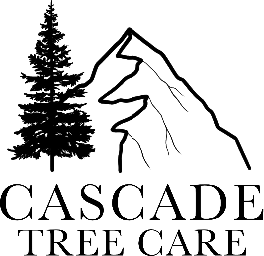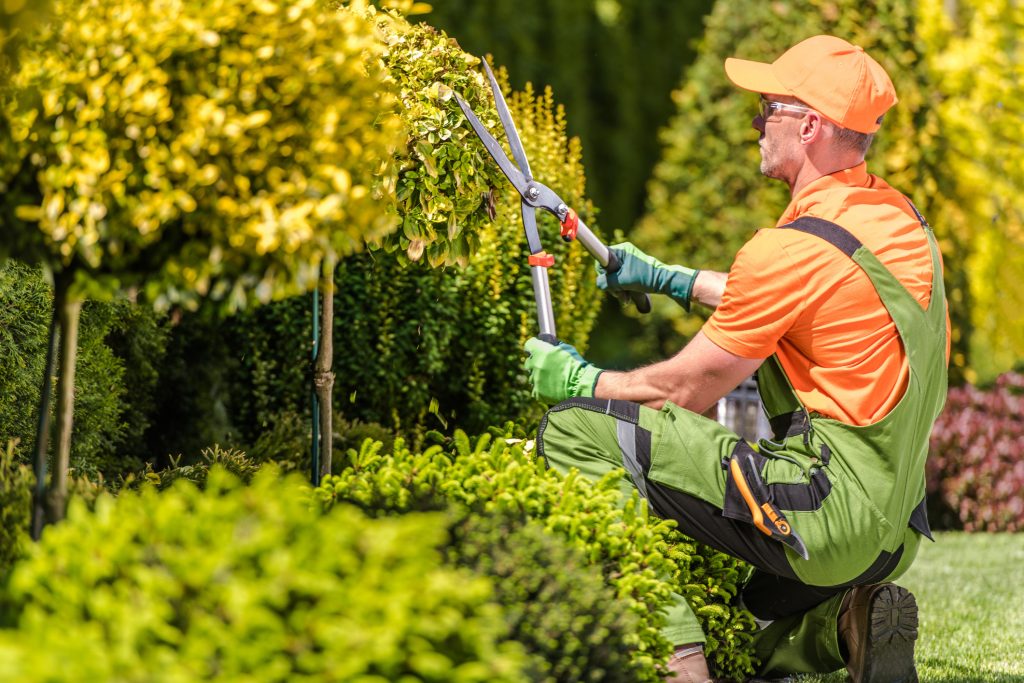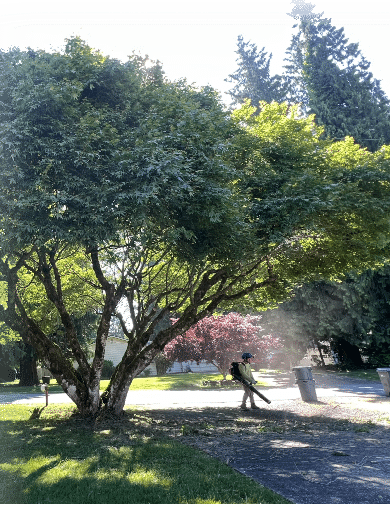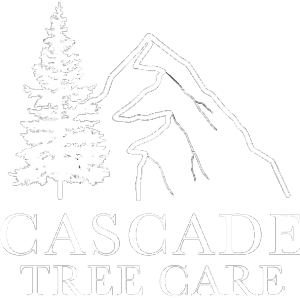Pruning is a crucial aspect of tree care that requires knowledge, skill, and precision. While it offers numerous benefits, improper pruning practices can lead to tree stress, structural problems, and potential health issues. In this comprehensive guide, we’ll explore the common mistakes to avoid during tree pruning and provide insights into best practices for maintaining healthy and beautiful trees.
1. Pruning Without a Plan
One of the most common mistakes in tree trimming is approaching the task without a clear plan. Before starting, assess the tree’s overall health, growth patterns, and pruning objectives. Determine which branches need removal or trimming and identify the desired outcome to guide your pruning efforts effectively.
2. Over-pruning or Topping
Over-pruning, also known as topping, involves cutting back large portions of the tree’s canopy indiscriminately. This practice can lead to stress, weakened structure, and increased susceptibility to pests and diseases. Instead, focus on selective pruning to remove only necessary branches while preserving the tree’s natural shape and balance.
3. Improper Timing of Pruning
Timing is crucial in tree trimming, and performing the task at the wrong time can harm the tree. Avoid pruning during periods of active growth, such as spring and early summer, as this can disrupt the tree’s natural processes and lead to excessive sap loss. Optimal pruning times vary depending on the tree species and objectives but generally occur during dormancy in late winter or early spring.
4. Using Incorrect Tools
Using improper or dull tools for pruning can result in jagged cuts, bark damage, and an increased risk of infection. Ensure you have the right tools for the job, including sharp pruning shears, pruning saws, loppers, and pole pruners. Clean and sanitize your tools before and after use to prevent the spread of diseases between trees.
5. Neglecting Safety Measures
Safety should be a priority during pruning trees. Avoid working near power lines, use personal protective equipment such as gloves and eye protection, and practice proper ladder safety when working at heights. If the pruning task involves large trees or high branches, consider hiring a professional arborist for safe and efficient pruning.
6. Removing Too Much Foliage
Removing excessive foliage during pruning, especially in one session, can stress the tree and hinder its ability to photosynthesize and produce energy. Aim to remove no more than 25% of the tree’s canopy in a single pruning session and spread out major pruning tasks over multiple years to minimize stress.
7. Ignoring Tree Health Issues
Pruning should not be used as a solution for underlying tree health issues such as diseases, pest infestations, or nutrient deficiencies. If you suspect your tree is experiencing health problems, address these issues separately and consult with a certified arborist. Pruning should focus on maintaining tree structure, promoting growth, and enhancing aesthetics.
8. Pruning Near the Trunk
Avoid making pruning cuts too close to the trunk, as this can damage the branch collar and bark, leading to decay and structural weakness. Follow the natural branch collar and branch bark ridge when making pruning cuts to promote proper healing and minimize the risk of infection.
9. Failing to Consider Tree Growth Patterns
Each tree species has unique growth patterns, and understanding these patterns is essential for effective pruning. When deciding which branches to prune, consider the tree’s natural growth habit, branch angles, and potential for future growth. Avoid creating weak branch attachments or disrupting the tree’s natural shape and balance.
10. Not Monitoring Pruned Trees
After pruning, monitor the tree’s response and growth to ensure the pruning was successful. Watch for signs of stress, such as wilting leaves, dieback, or excessive sap flow, and address any issues promptly. Regularly inspect pruned trees for new growth, structural integrity, and overall health.
By avoiding these common mistakes and following best practices for tree pruning, you can promote healthy growth, structural integrity, and aesthetic appeal in your trees. Remember to plan your pruning efforts, use proper tools and techniques, prioritize safety, and monitor tree health throughout the process. When in doubt, seek guidance from a certified arborist or tree care professional to ensure optimal results and long-term tree health. With careful attention and informed decisions, your pruned trees will thrive and enhance the beauty of your landscape for years to come.
Avoid pruning pitfalls with Cascade Tree Services. Expert tree pruning services ensure healthy, beautiful trees. Contact us at 425-530-9697 for flawless tree care solutions!





